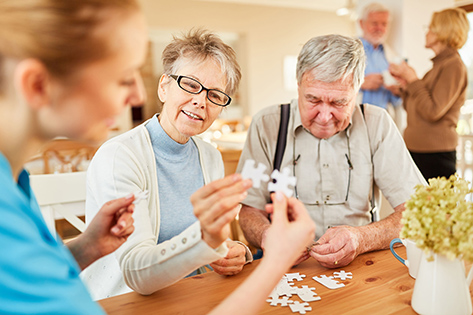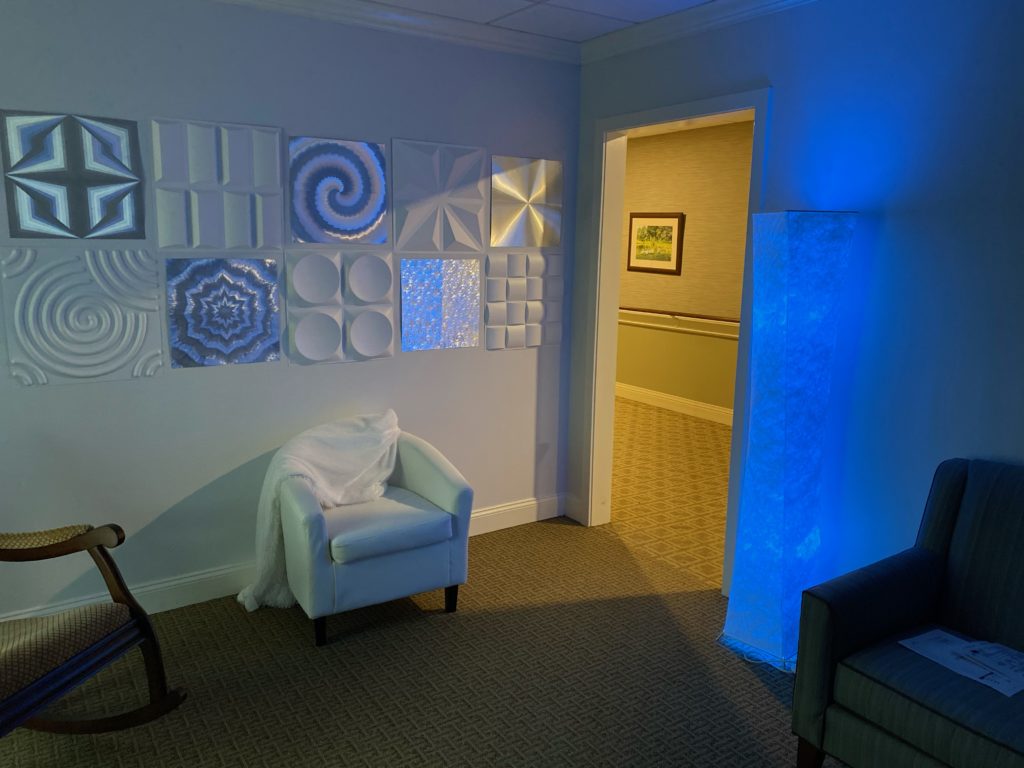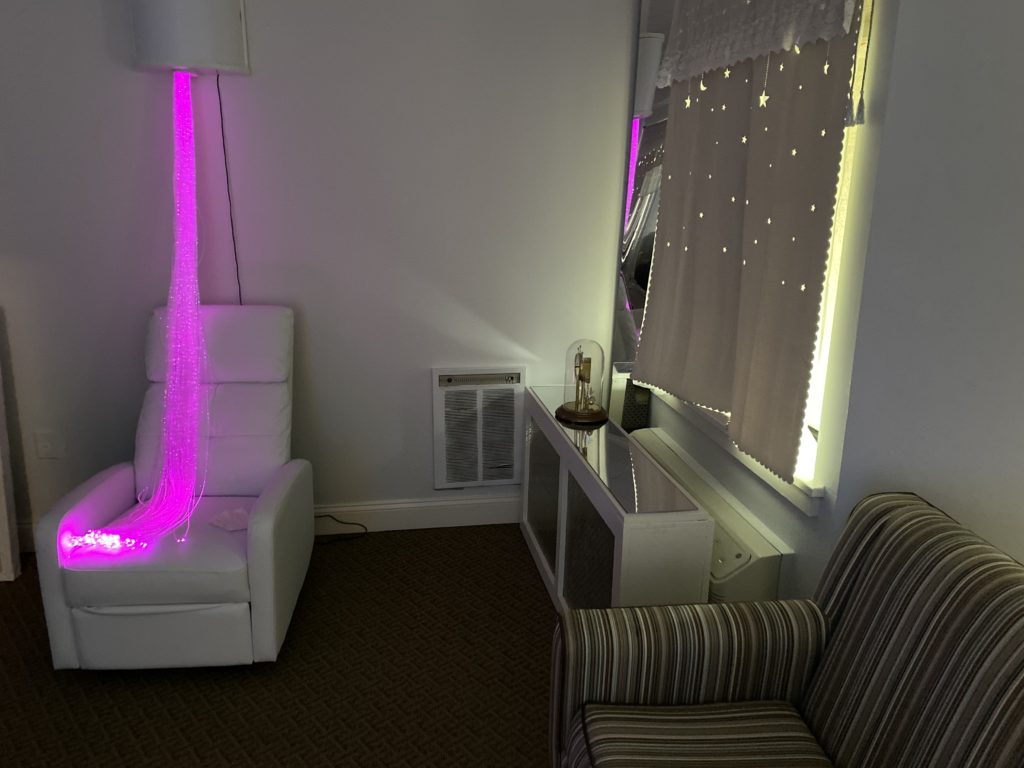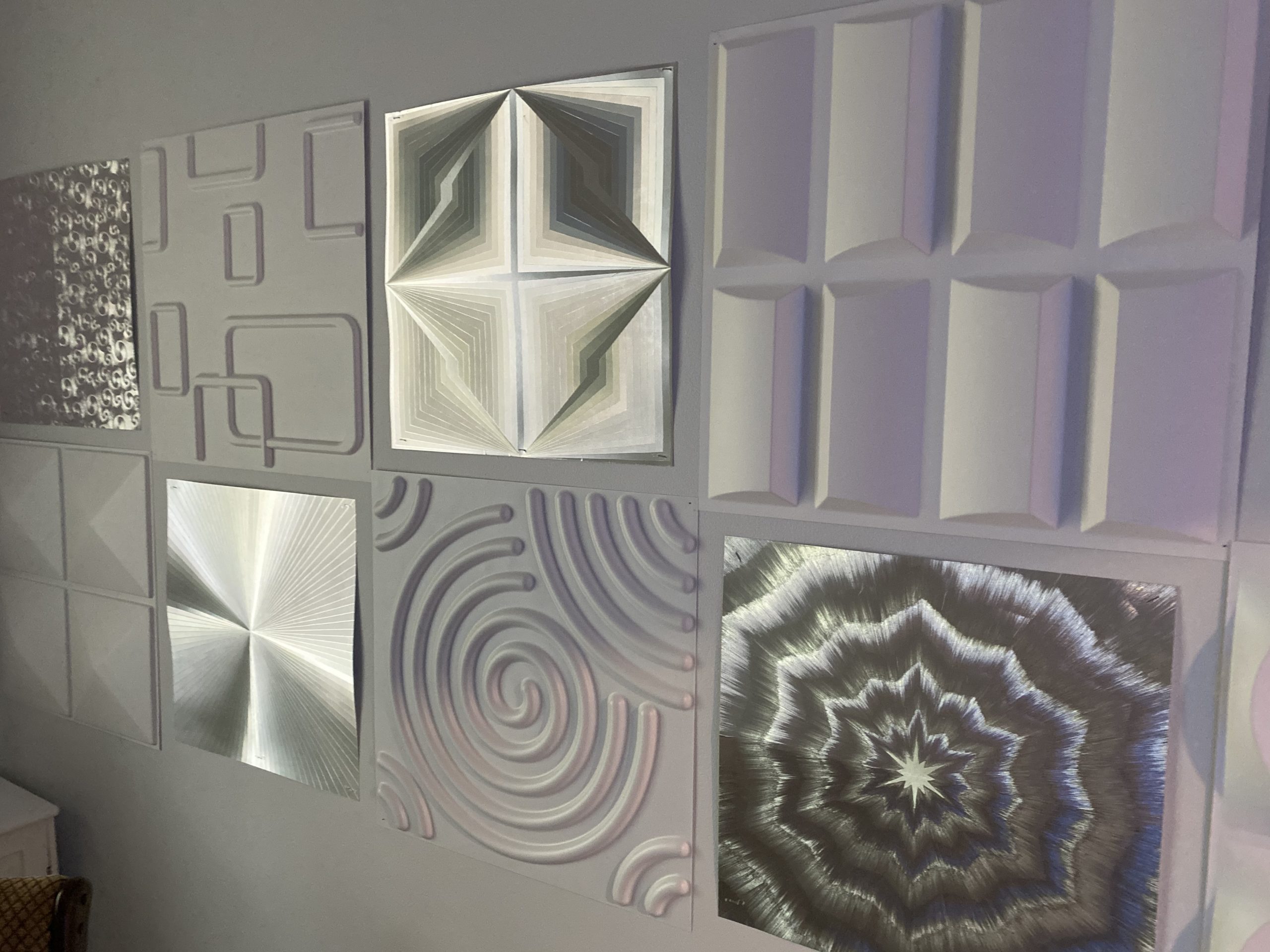
When someone is in the early stages of dementia or cognitive decline, the common reaction is often a mix of concern and denial. Family members, caregivers and patients alike search for ways to understand what is going on. Is the “forgetfulness” due to lack of sleep or stress? Could it be a medication-related thing? Could that newly-observed “short temper” be the result of a specific incident or is it a sign of frustration and a lack of comprehension? Sometimes the changes are so slow, that it’s people who don’t see the person daily that are the first to notice a change. When the signs of dementia first appear, we look for answers pretty much everywhere but where the answers might actually reside – in the cognitive medical world.
When The Signs of Dementia First Appear
When the signs of dementia first appear, it is important to understand what is going on. The first thing to do is to get a complete medical evaluation with a licensed physician. Some behaviors may look concerning, but they could be related to a correctable or addressable medical condition. Sometimes sleep apnea and poor sleep can cause confusion; sometimes small adjustments to medications or hydration can do the trick. Sometimes adjusting routines or providing additional non-intrusive, gentle oversight can have a remarkable impact on one’s ability to focus and maintain independence. But the important thing to do is to understand the root causes of behavior changes so that the best possible care plan can be pursued.
Pursuing Person-Centered Care
We know the causes of dementia are many – Alzheimers, some forms of Parkinson’s disease, Lewy bodies to name a few. Recent advances in medications have been able to slow the progression of many of these diseases, allowing patients to stay independent longer and remain with their families. But in most cases, there comes a point in time when safety and the best interest of the patient and family require a higher, more specialized level of care administered by experts who understand your loved one’s condition but also will take the time to understand your loved one as a person. That kind of care is called Person-Centered Care.
In short, Person-Centered Care focuses on the patient’s needs and not the needs of the provider. At the core of person-centered care is the self—who we are, our values and beliefs, etc. Selfhood is so much more than memory and should not be viewed only in terms of cognitive abilities. Recognizing and maintaining selfhood is key to person-centered care. As shared in the following article, research has discovered that the “essence” of the person remains – long after memory fails. That is why it is important that each patient be treated as the individual that they are.
Researchers have found intact manifestations of selfhood in spite of significant cognitive impairments and that it is not intact autobiographical memory that constitutes self or personal identity (Sabat & Harré, 1992; Sabat & Collins, 1999).
Reaching the Person Within
The Hicks Memory Care team at Chandler Hall utilizes state of the art ways to maintain connections with each of our patients. For example, Snoezelen therapy is a calming, multi-sensory environment that is used to stimulate memory while calming emotions.
For the person with dementia, the world can feel fragmented and confusing. Without specifically constructed environments and interactions that allow patients to utilize the skills that remain, patients can potentially slip deeper into disorientation, confusion and even isolation.
The Snoezelen Environment

Snoezelen therapy provides direct and indirect sensory stimulation to the individual or even a small group. Chandler Hall maintains a Snoezelen room that provides a variety of stimulations that affect the six major sensory inputs.
- Visual Stimulation (Sight) – Optic fiber spray and projected images
- Auditory Stimulation (Sound) – Relaxation music, music from their past
- Olfactory (Smell) – Aromatherapy, familiar scents
- Tactile Stimulation (Touch) – Different textured fabrics, weighted blankets
- Proprioceptive and vestibular stimulation (Movement) – Rocking Chairs, stretching and reaching exercises.

Each Memory Care resident is evaluated for the most appropriate Snoezelen tool that provides that person with the best connection according to their preferences. Perhaps a resident loves being transported back to their high school days with music from Glenn Miller or the early Beatles. Or maybe the gentle rocking of a rocking chair or the weight of a heavy blanket can help to relieve anxiety. The availability of a variety of sensory choices allows the staff and the patient to find the best fit to transport that patient through their personal memory bank and engage in ways that are meaningful to them.
With each session, care is taken to assure that each patient gets the appropriate amount of stimulation as well as the type of stimulation for that particular day. That is just one more example of how the Person-Centered Care ethos of Chandler Hall is incorporated into each patient’s daily life here.
